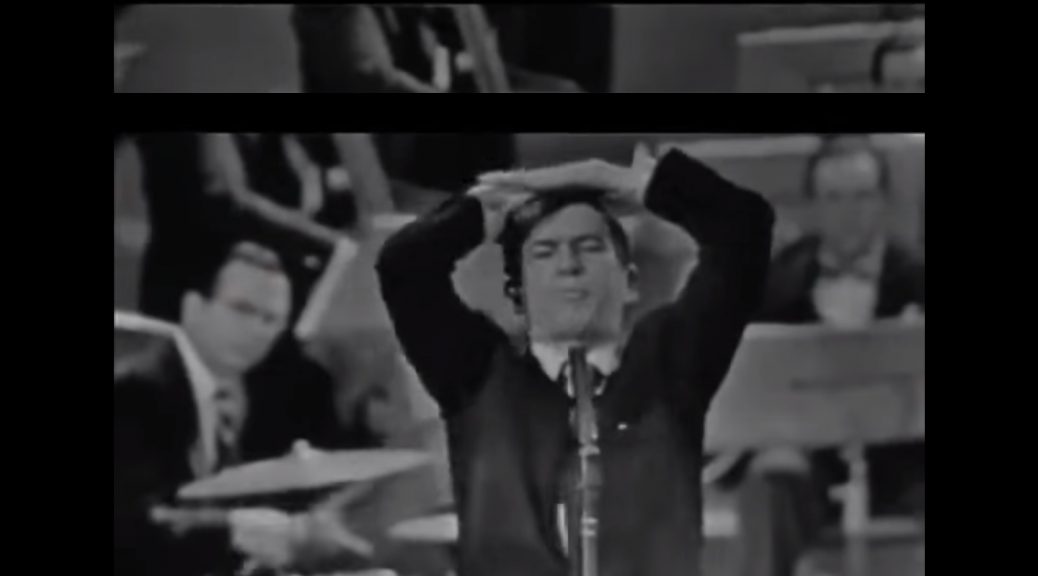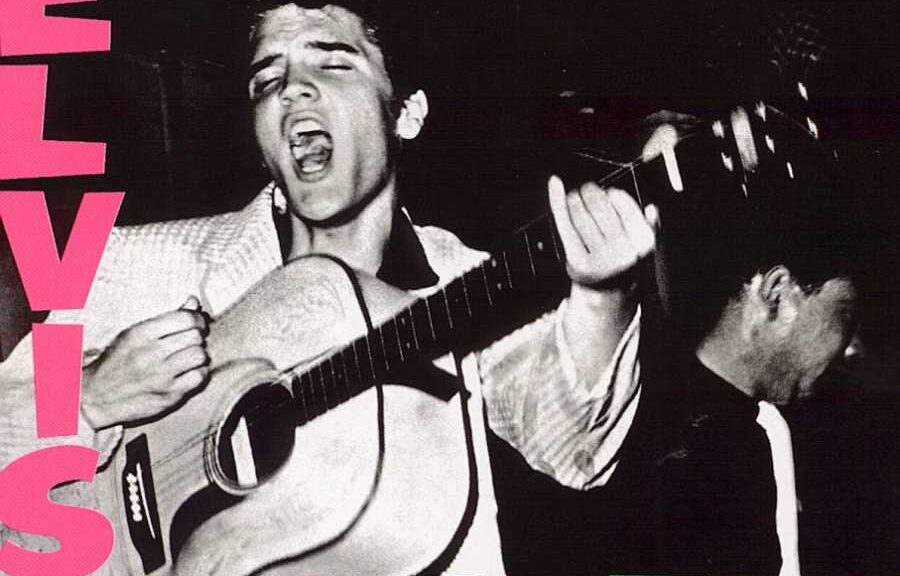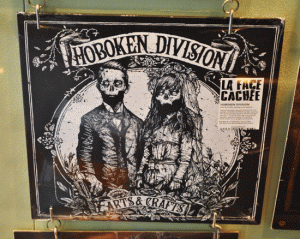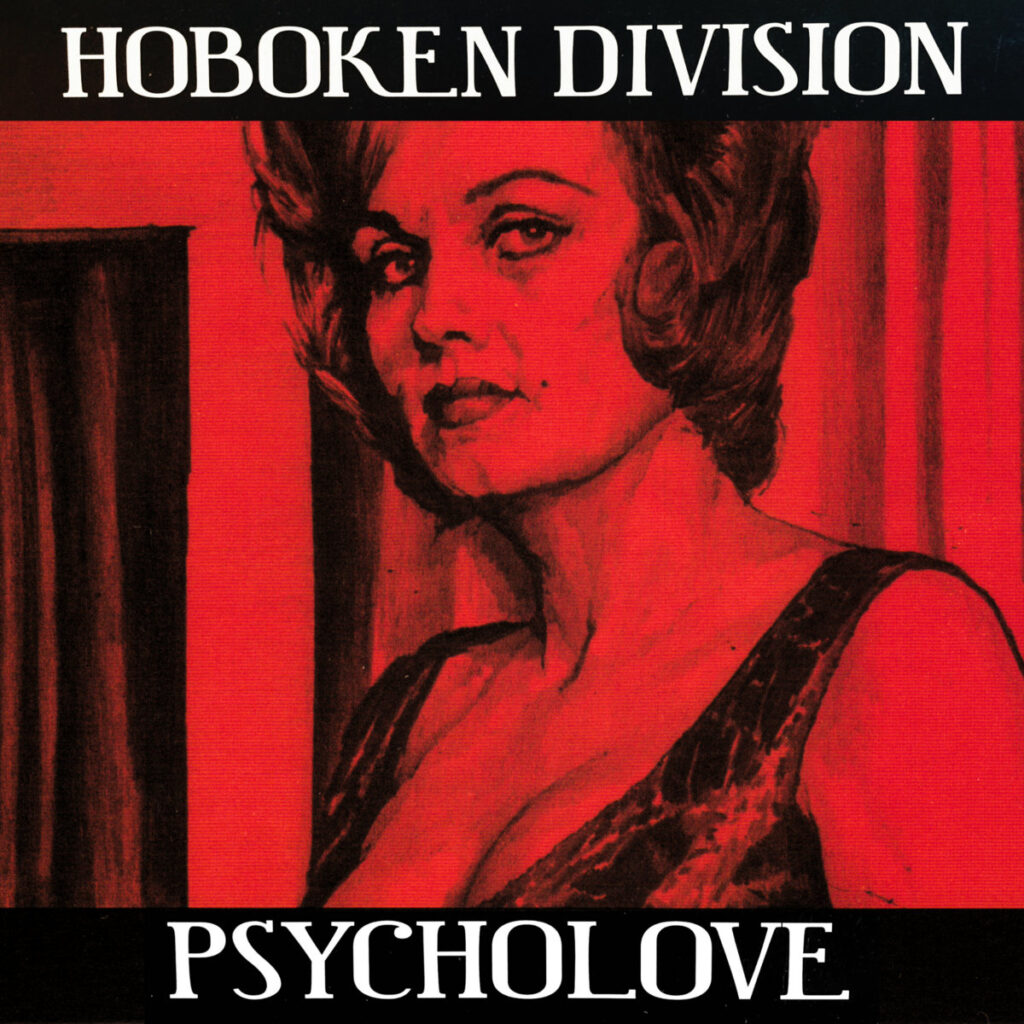Johnnie Ray Banned
May 8, 1954
BBC Bans Ray’s “Such a Night”
Even though rock music was just learning to walk in 1954, we could see its future youthful swagger.
Johnnie Ray Banned
Drifters
Lincoln Chase wrote “Such a Night” in 1953. The Drifters, with Clyde McPhatter, released it in January 1954. It was a hit despite its “racy” lyrics. At least that’s what some listeners thought.
It was a night, ooo what a night it was
It really was, such a night
The moon was bright ooo how bright it was
It really was, such a night
The night was alive with stars above
And when she kissed me I had to fall in love
It was a kiss mmmm what a kiss it was
It really was, such a kiss
How she could kiss ooo what a kiss it was
It really was, such a kiss
Just part of her lips that sets me on fire
I reminisce and I feel desire
I'd give my heart to her in sweet surrender
How well I remember , I'll always remember
Ooo that night, ooo what a night it was
It really was, such a night
Came the dawn and my heart and my love and the night was gone
But I'll never forget that kiss in the moonlight
Ooo such a kiss, ooo such a night
Now she's gone, gone gone
Yes she's gone, gone gone
Came the dawn, dawn dawn
And the night was gone
And my heart was gone
And her love was gone
But before the dawn oo oo oo oo such a night
The Drifters had a hit despite the fear, but as often happened in early rock, Johnnie Ray, an American white singer, covered the song the same year. He too ran into issues with the lyrics, On this day, May 8, 1954, the BBC radio banned the song after listener complaints.
Johnnie Ray Banned
Johnnie Ray
Johnnie Ray had first become a sensation with a two-sided-hit that reached No. 1 on the pop charts. The record, ”Cry” backed by ”The Little White Cloud That Cried.” It sold more than two million copies.
Ray continued to have hits during the 50s and was particularly popular in Great Britain. According to a 1981 New York Times article stated that, “…it was his [Rays’] rhythm and blues style of singing that help lay the groundwork for the rock-and-roll that turned Mr. Ray’s entertainment world around. Recently, Ringo Starr of the Beatles pointed out that the three singers that the Beatles listened to in their fledgling days were Chuck Berry, Little Richard and Johnnie Ray.”
Johnnie Ray Banned
“Ridicule as well as popularity“
Johnnie Ray died on February 24, 1990. He was 63 years old. His animated showmanship had been both a boon and a curse to his career. Again the New York Times, “His mannerisms earned him ridicule as well as popularity, and he was a favorite subject of impersonators.“











